Tarter 40 gal. Versa Oval Galvanized Steel Tank, 2 ft. x 1 ft. x 4 ft., Spigot Included
Enjoy versatility and top-notch performance with this Tarter 40 gal. Versa Oval Galvanized Steel Tank. Made with rust-resistant metal, this multipurpose metal tank has no sharp edges for safety.
Enjoy versatility and top-notch performance with this Tarter 40 gal. Versa Oval Galvanized Steel Tank. Made with rust-resistant metal, this multipurpose metal tank has no sharp edges for safety. Whether you use it as a livestock waterer, planter or cooler, this metal tub is a great addition to your property. Tarter manufactures products to assure the highest quality – try the Tarter Versa 40 Galvanized Steel Tub today.
- Steel tank offers a rust-resistant coating for a long lifespan
- No sharp edges on the steel tank for livestock safety
- Applications: Water garden, dog bath, livestock waterer, planter, cooler, storage or display bin
- Spigot included for quick and easy draining
- Optional stand – WTSL SKU 1056080 (sold separately)
- Made in USA
- Dimensions: 13 in. H x 23 in. W x 53 in. L
- Weight: 30 lb.
- Please note: All Tarter Versa 40 Steel Tub measurements are approximate and may vary by 4 in.
Additional information
| Capacity | 40 gal. |
|---|---|
| Drain Plug Diameter | 1 in. |
| Features | Rust/Corrosion Resistant |
| Fill Opening Diameter | Open top 0 |
| Primary Finish | Galvanized |
| Gauge/Wall Thickness | Drain Plug Included |
| Primary Color | Silver |
| Primary Material | Steel |
| Product Height | 13 in. |
| Product Length | 53 in. |
| Product Width | 23 in. |
| Product Weight | 30 lb. |
| Shape | Oval |
| Tank Shape | Oval |
| Manufacturer Part Number | WT214S |

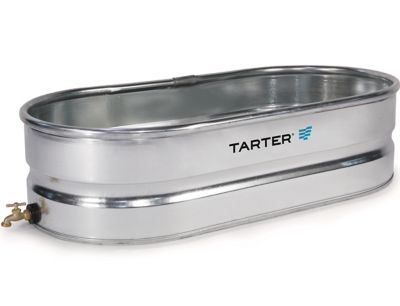
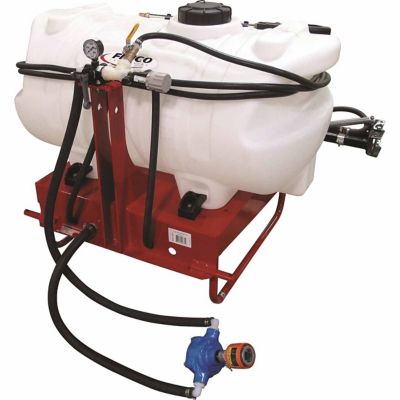
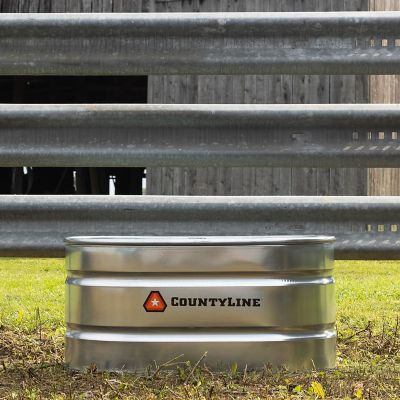
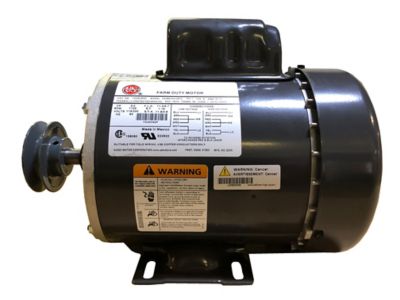
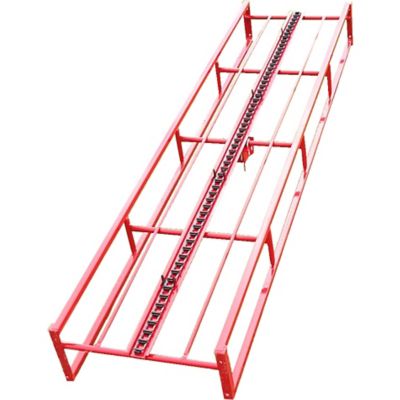
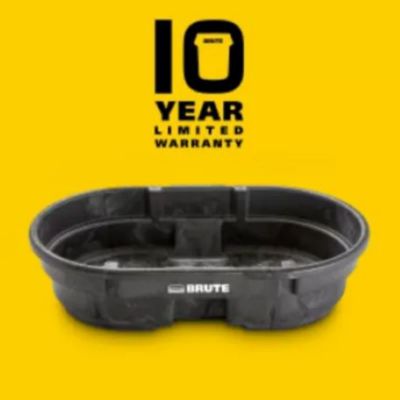
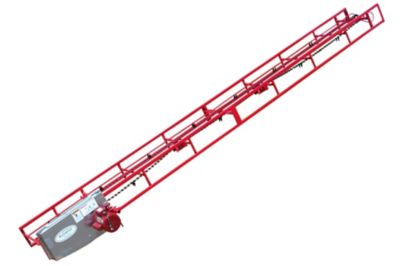
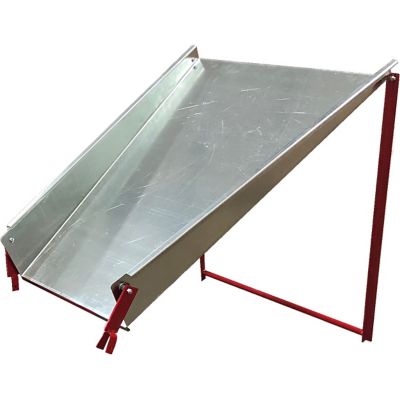
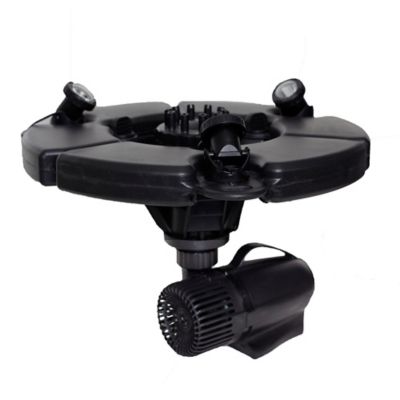
by John
Sturdily built, and delivered earlier than promised.
by Scott
Nice tank, but no spigot. Need to drill your own hole and add one from hardware store.
by Shack
Bought for keeping horses in barn – easy to clean, keeps water cooler for them because they drink down quite a bite for the float to refill. They seem to be drinking plenty of water now.
by Brian
Nice little trough. Fits our needs perfectly as we are using in our restaurant for our bar. Love how they shipped it with the faucet to the inside to prevent damage during shipping. When I arrived at the store it was strapped down in a pallet, I was so worried it was going to be thrown around during shipping but they really packaged it nicely.
by Scottie
Hooked this up with a trough o magic as a small pool for my ducks to play in when they aren’t free roaming; bigger than it looks in the pic. Very nice spigot on the outside.